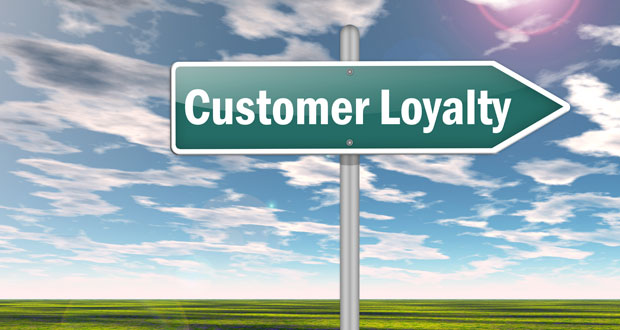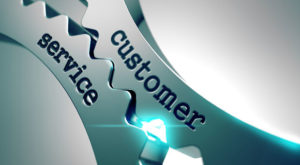Software vendors and their business customers have tried many things to increase customer loyalty, but they have been disappointed more often than not. Rewards, delight, and daily deals were good ideas to help spur customer loyalty. Unfortunately, they weren’t enough to move the loyalty needle in today’s highly competitive markets.
We’re all familiar with rewards programs and how some businesses have rechristened them as “loyalty” programs. Changing the name isn’t going to change the basic customer-facing process, though, and rewards programs often reward the wrong thing.
Rather than behaving more loyally, rewarded customers are happy to quit one vendor and seek another for a slightly better deal, research shows.
Vendors that try to delight customers also have been disappointed with their results. Delight is hard to do on a consistent basis, and despite vendors’ best efforts, delight initiatives most often fall short — at a rate of more than four to one.
Ironically, what most often delights a customer is simply attending to the basic blocking and tackling of a relationship according to a Harvardstudy. If that’s the case, you actually might be working harder for loyalty than you need to be.
Business Reality
Of course, there’s a practical limit to what you can spend to inspire loyalty. The daily deal fad burned out simply because businesses that invested in making two-for-one offers found that although they brought in many one-time customers, most deals lost money.
When the promotions were over, the customer flow returned to what it had been. The daily deal fad is mercifully behind us, but we still need to figure out how to inspire the loyalty that drives cross- and up-sells.
Businesses that have many thousands of customers find it impractical to follow advice to develop personal relationships with their customers. Also, those who try to delight their customers find that this strategy rarely works.
Customers most appreciate efficient dealings so that they can get on with their other chores, as another Harvardstudy shows.
Rewards programs have evolved to reward a single behavior — the purchase — so it’s no wonder customers expect something back when they buy. However, this approach ignores the good things that come from customers advocating for a brand when they are not in purchase mode.
The common thread in all of this is that many businesses might think they’re doing good things, but they’re actually rewarding the wrong behaviors. When you reward a purchase, you are discounting the price and training customers to seek out the lowest prices. That may result in more sales while a promotion is on, but it trains customers to be loyal to a discount or reward — not the brand.
The Real Thing
Let’s define loyalty as a customer repeatedly and preferentially selecting a vendor’s products and services. Loyal customers also may support a brand through advocacy and volunteering their time and efforts. For example, a customer who takes a survey or writes a knowledge base article is loyal. Shouldn’t that behavior be rewarded?
Above all, loyal customers accept the vendor’s value proposition — while they always appreciate a discount, they don’t wait for one. A loyalty program should make better customers, not just bring in those looking for a deal.
Rewarding the Right Behavior
If you have a rewards program that is not generating the results you want and need, you might try using it to reward other — non-purchase — behaviors that are more in line with your goals for growth and profitability.
Consider this: A company that has a 10 percent margin on a product and that offers a 5 percent reward or discount is cutting its margin in half and eroding its ability to fund the things that make it a desirable vendor to do business with.
Things like customer service and support or product development have to be funded, after all, but in offering a discount the vendor simply looks like all other vendors and the discount is soon forgotten.
Better to use that 5 percent to do something memorable — like providing the equivalent reward when a customer engages at a level beyond the purchase. Such mutual engagement helps a vendor stand out, and it provides the foundation for real loyalty.
























































